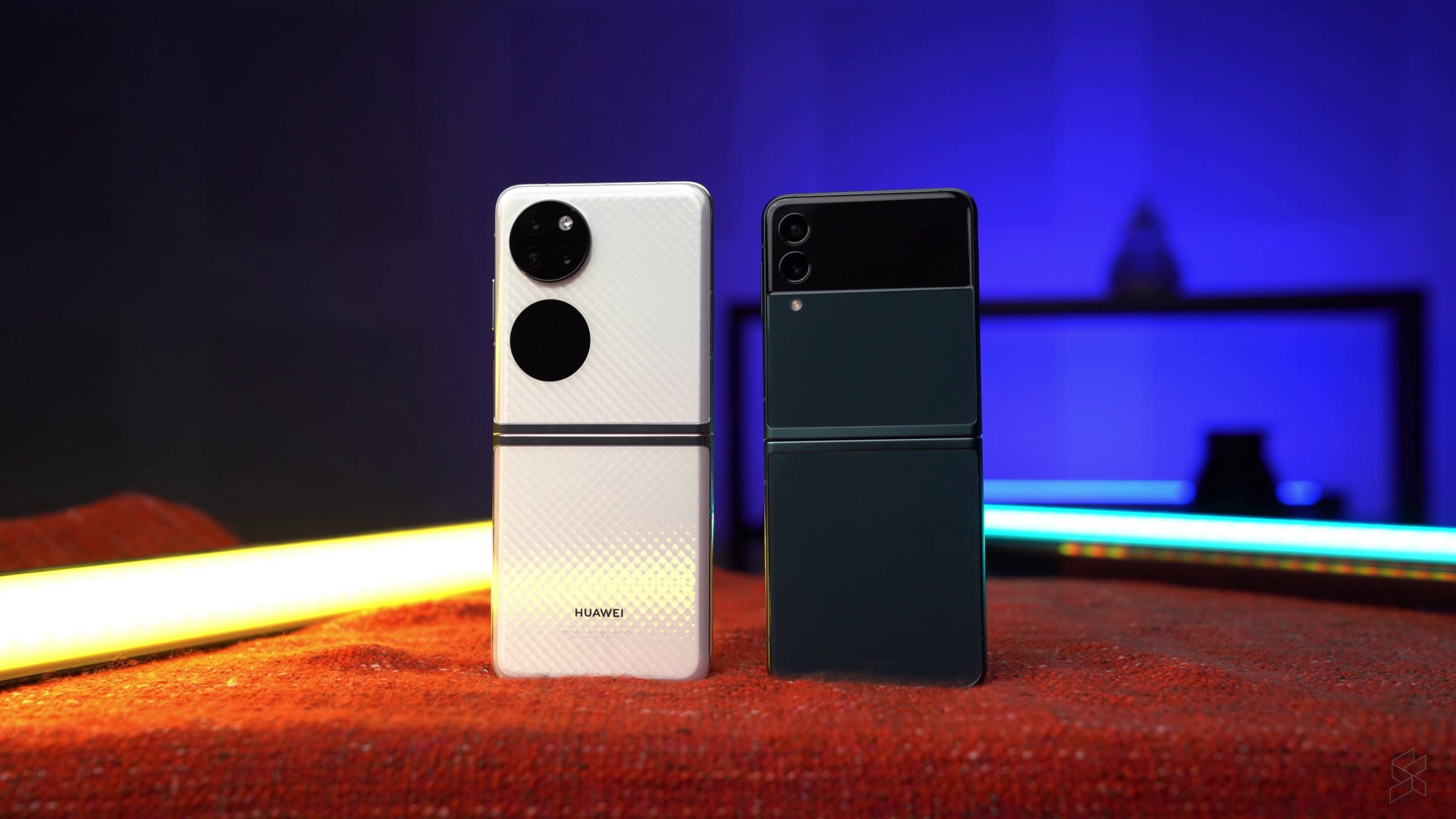This is the Huawei P50 Pocket. And while most would look at this and see just another folding smartphone, all I see when I look at this smartphone is desperation.
I still remember the first time I saw the Huawei P9. It was my first proper exposure to the company’s flagship P-series smartphone and I was completely sold. It had a unique look, a Leica camera system and a monochrome camera sensor for some reason. Don’t get me wrong. It was cool at the time, but in retrospect, it was kind of weird.
What I didn’t know back in 2016 however, was that this phone would be the start of what we would soon come know as the “modern Huawei smartphone”. Unlike its predecessor, Huawei wasn’t planning on letting the P9 be just another cheap smartphone from China. To do that, the company assembled a truly impressive smartphone.
It had great performance, excellent build, a great size and a very unique look. But, above all, Huawei fixed the one big problem they had with their flagship devices: the camera. And they did so by enlisting the help of one of the biggest names in photography: Leica. And it worked. With each subsequent release, they improved their flagship formula. They refined the build, polished the software, and even took the lead in some aspects.
After all, Huawei was the first to introduce Night Mode—arguably the single biggest advancement in modern smartphone photography. But the best part is that they were doing this while often undercutting their competition in price.

Needless to say, Huawei quickly became a household name and even overtook Samsung to be the #1 smartphone maker in the world. But then, the ban hammer dropped. And as Huawei’s wax wings melted, the company’s standing in the flagship smartphone market tumbled. And today, the phonemaker is trying to sell us this, probably the most un-Huawei smartphone yet.
At first glance, you might be wondering why I’d say something like that. After all, on-paper the P50 Pocket seems like a fine flagship-class folding smartphone. Especially when you compare it to its nearest competitor, the Samsung Galaxy Z Flip 3. The P50 Pocket has a 120Hz 6.9” Full HD+ OLED display, which is bigger than the 120Hz 6.7” AMOLED panel on the Galaxy Z Flip 3. Plus, the phone folds nearly flush, unlike the Z Flip 3, while still maintaining the glass-like texture.

They also feature the same Snapdragon 888 processor, but the P50 Pocket can be spec-ed to feature up to 12GB of RAM and 512GB of storage, unlike the Z Flip 3’s paltry 8GB of RAM and 256GB of storage. And perhaps the biggest advantage Huawei’s P50 Pocket has over its flip rival is the large 4,000 mAh battery with support for 40W fast-charging. That’s not an insignificant capacity advantage over Samsung’s tiny 3,300 mAh cell.
But, if you take your eyes off the paper and turn them onto the smartphone, you’ll start to notice where the P50 Pocket falls short. Remember that Snapdragon 888 processor? Well, on Samsung’s Z Flip 3, it supports 5G mobile networking, while the P50 Pocket doesn’t. Then, the larger display on the P50 Pocket that folds nearly flush? The trade-off for that is you get a much larger crease when it’s unfolded than you do on the Z Flip 3.
And while the P50 Pocket’s massive 4,000 mAh battery is great for longevity, the phone surprisingly doesn’t support wireless charging—a feature that has become a mainstay for high-end flagship smartphones. Then you start to take into consideration the areas in which the Galaxy Z Flip 3 absolutely outshines Huawei’s folding option.

Build, for example, immediately comes to mind. Sure, as far as looks and premium feel in the hand is concerned, you could make the argument that it’s down to personal preferences, though I prefer the Galaxy Z Flip 3 in both of those areas. But, what you can’t argue with is the fact that despite being a folding smartphone, the Samsung Galaxy Z Flip 3 comes with an IP68 dust and water resistance rating, while the P50 Pocket doesn’t. And we tested it by dumping the Z Flip 3 into an aquarium full of water, and it’s still completely fine.
Finally, we have the most important part of any folding smartphone’s build—its hinge. Samsung’s Z Flip 3 hinge has some of the best feel I’ve ever felt on a folding device. It’s sure-footed, smooth and can also hold in various positions to make use of Flex Mode and this new form factor. Meanwhile, the P50 Pocket, well it’s not so good. In fact, right now, our P50 Pocket makes sort of a crunching sound when we fold and unfold it which leads me to believe some dust or particle has already gotten into it.

But, that may be a good thing because now the phone’s hinge is stiffer than it was, so it too can hold itself open at various angles…almost.
Samsung also seems to demonstrate a better understanding of a flip phone user’s needs by how they designed the display.
On the Z Flip 3, you get a pretty sizable 1.9” AMOLED display that works a lot like a smartwatch with a couple of added features. While the P50 Pocket has opted for this really weird and impractical 1.04” round display. I don’t think I need to tell you how much easier it is to frame selfies, view notifications and do pretty much anything you’d want on a screen with the Z Flip 3’s cover display compared to the P50 Pocket.
But surely, the P50 Pocket has the edge when it comes to the camera. Surely, with all of Huawei’s Leica connections and previous industry-leading experience, surely it’ll be better than Samsung’s half-hearted 12MP dual-camera setup on the Z Flip 3. Uhm…sort of.

First things first, the Huawei P50 Pocket is actually the company’s first flagship-class smartphone to launch without a Leica co-engineered camera system. Instead, it packs a triple camera setup with a 40MP wide camera, a 13MP ultra-wide camera and a 32MP ultra-spectrum camera.
But honestly, the resulting images in daylight, leaves some to be desired. Side by side with the Galaxy Z Flip 3, I actually prefer the daylight shots from Samsung’s flip phone. They have more accurate colour reproduction and slightly more detail in each shot than the P50 Pocket. And I shot them both with their respective AI modes turned on.


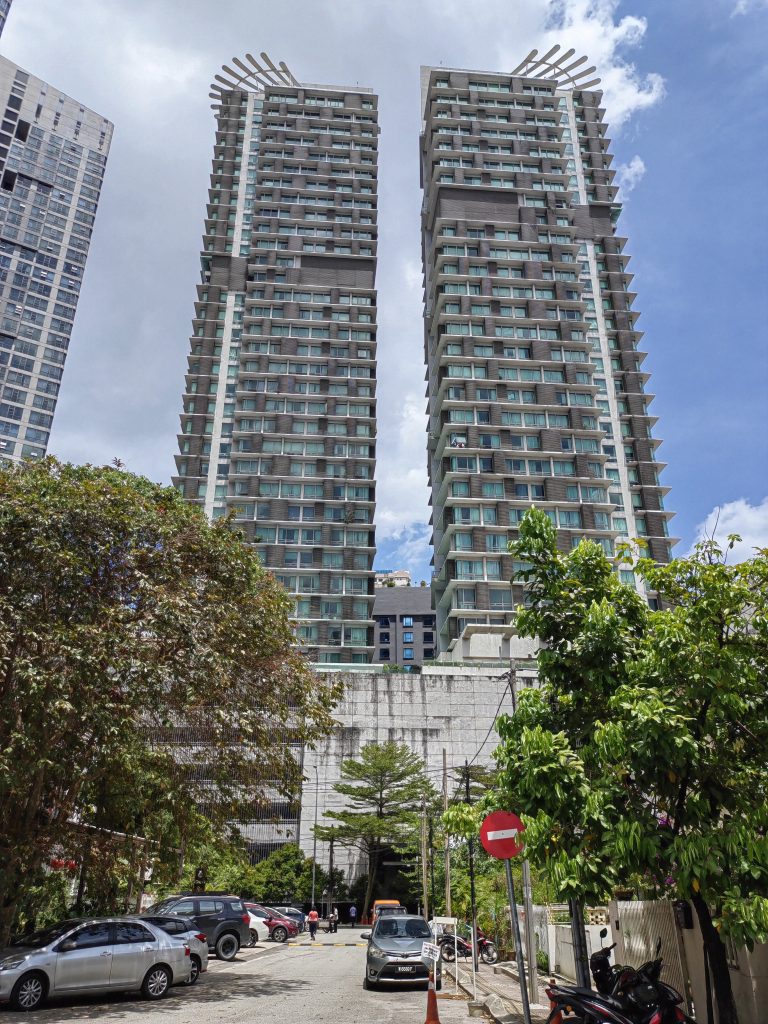





Huawei also struggles—for some reason—to take portrait shots when faces are not immediately evident, and that leads it to not enable the background blur when it comes to full body shots.




That said, when it comes to zooming, the P50 Pocket’s 40MP sensor was definitely able to leverage the extra details to give way better images throughout the digital zoom range.





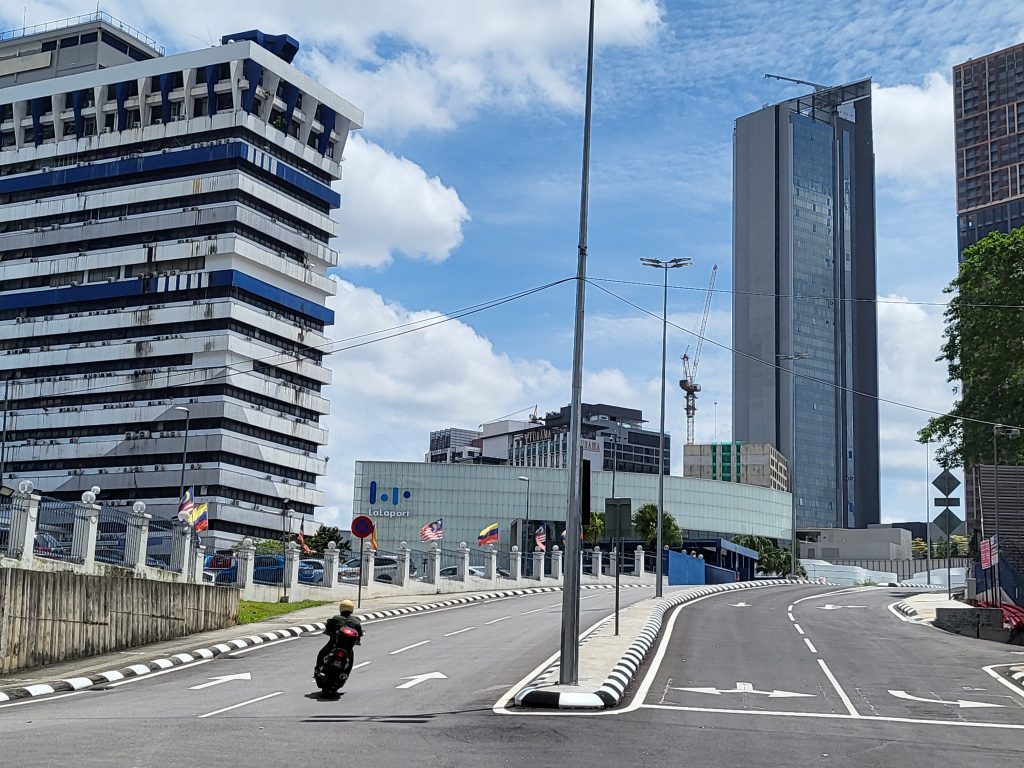




Huawei also comes out on top in low-light. The P50 Pocket consistently produces brighter images with way more colour and details in the shadow than Samsung’s Z Flip 3 was able to muster, which was honestly impressive.




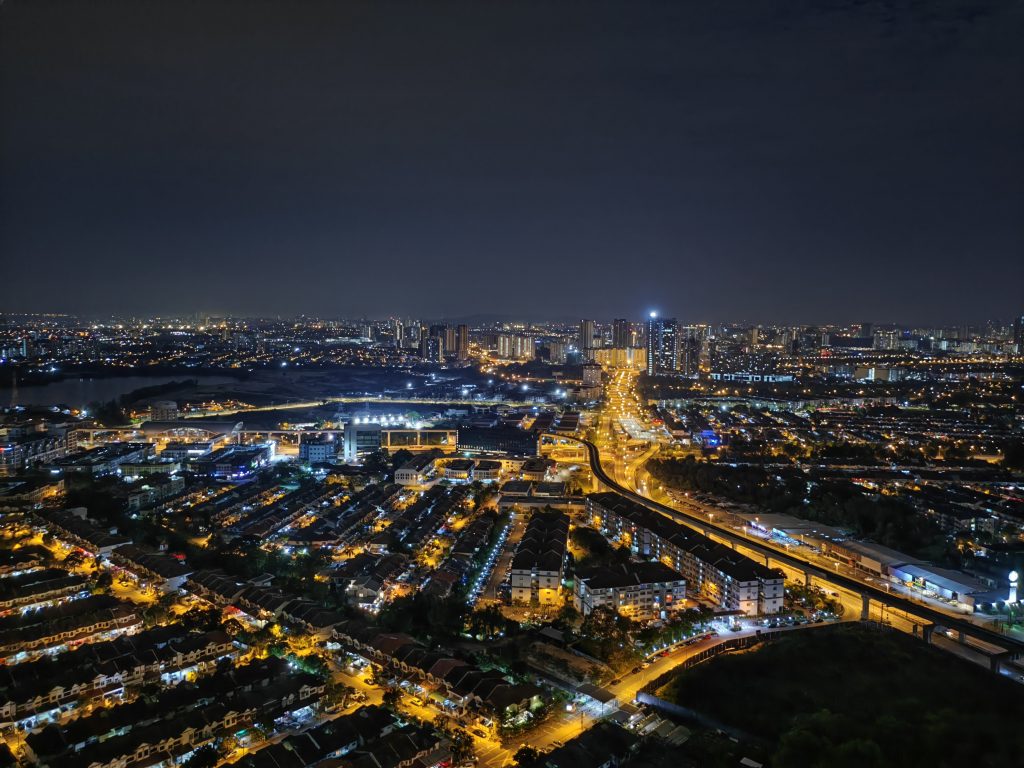

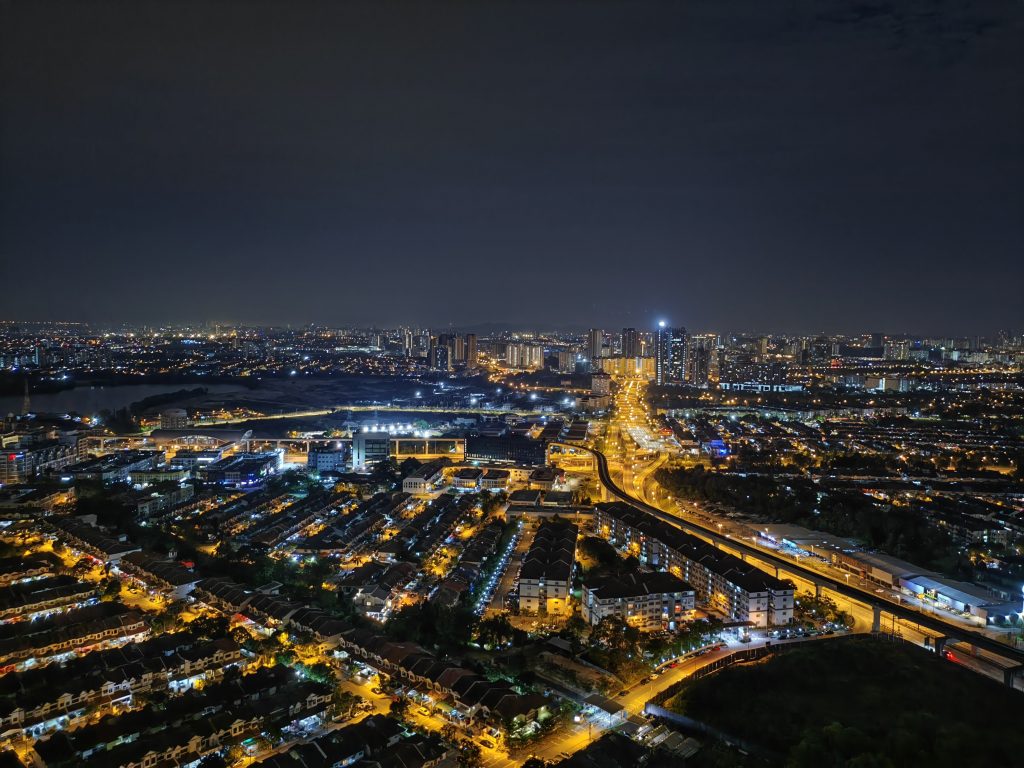

However, I wasn’t really able to determine what the 32MP ultra-spectrum camera’s role was in regular photography. All I could tell was that it unlocked a new “fluorescence” camera mode that gives you an idea of what CSI people see when they look for evidence at a crime scene.



At this point, I’d say that the Z Flip 3 is clearly the better smartphone, but the P50 Pocket does have its own merits especially if we’re talking about low-light photography. But now comes the final nail in the P50 Pocket’s coffin.
Huawei’s P50 Pocket has prices starting at RM5,999 for the base model with 8GB of RAM and 256GB of internal storage, while the Premium version with 12GB of RAM and 512GB of storage sees that price shoot up to RM7,299. For comparison, the Samsung Galaxy Z Flip 3 starts at RM3,999 and tops out at just RM4,199.


That’s two thousand ringgit separating the base models. Yes the P50 Pocket has double the storage, but that’s still TWO THOUSAND RINGGIT. Two thousand ringgit and the Z Flip 3 still has better speakers. Two thousand ringgit and the Z Flip 3 has Samsung’s ecosystem features including Samsung Pay.
TWO THOUSAND RINGGIT and the Samsung Galaxy Z Flip 3 has GMS, while the P50 Pocket, doesn’t.
I’ve made many videos about Huawei in the past. And if you take them as a whole, you’d probably be able to tell that I generally like what they do with their devices—no matter how ridiculous some of their claims get. I especially love that they’re showing the world that you can get a smartphone that’s as good as the best Samsung has to offer—sometimes even better—but for less money.
They were a necessary reminder that at the top end, most of these smartphone makers are trying to squeeze every ringgit out of you. But the Huawei P50 Pocket seems to go against all of that. It feels like a desperate play to make up some of the cost they’ve sunk into the development of this phone.

It’s almost like they went “let’s sell it for the biggest margin so even if not many people buy it, we can recoup some cost”, and even if it isn’t the case, it sure feels like it is. That kind of sucks. But I get it, maybe it’s a bit of a chicken and egg situation. Maybe if they didn’t get the US ban, they’d know that they could push volume, and thus lower prices. But the answers to this speculation can only be answered in some what if situation in a different universe. For now, I see no reason to pick the P50 Pocket over the Galaxy Z Flip 3.

